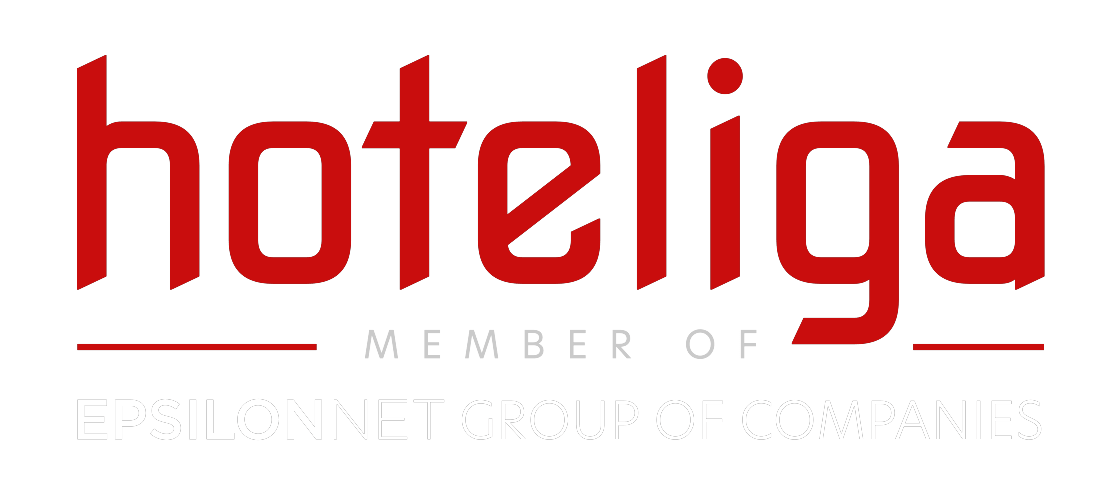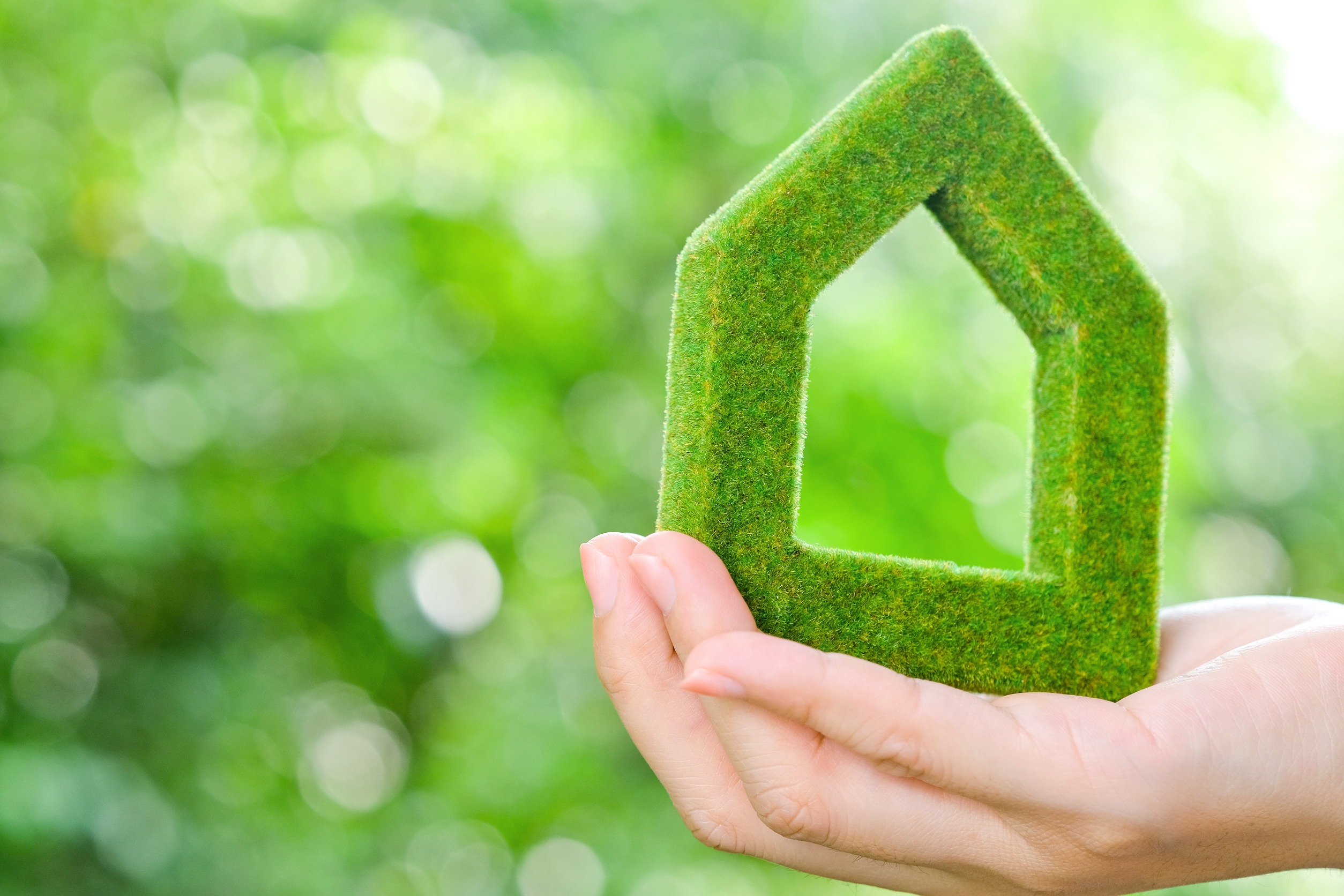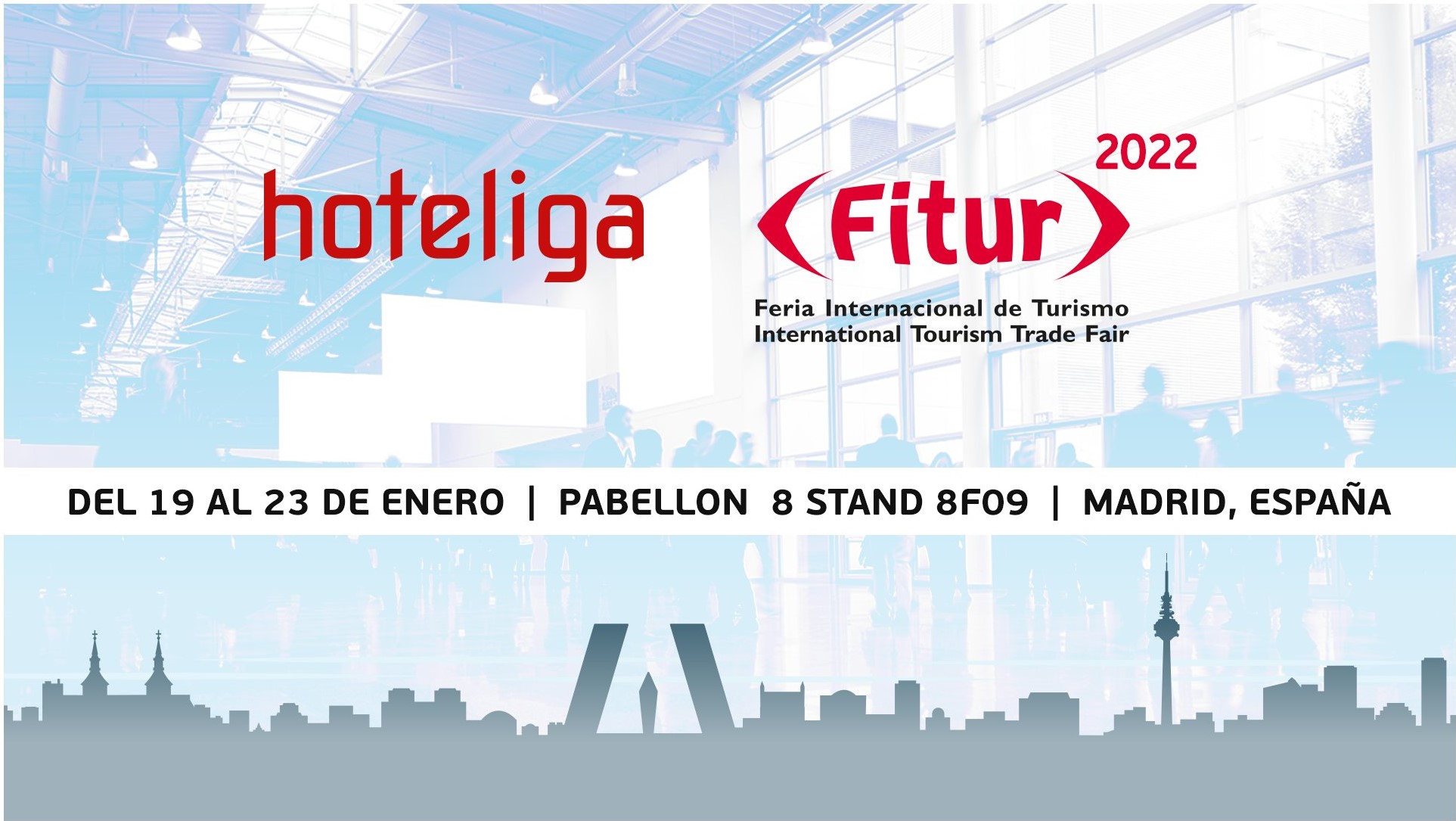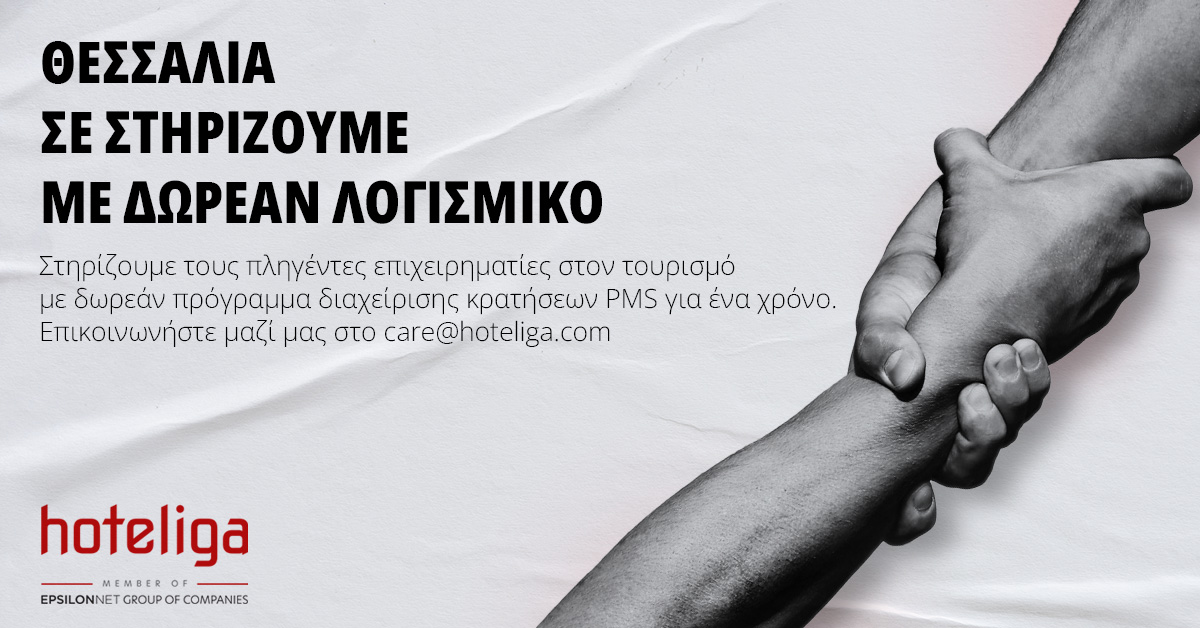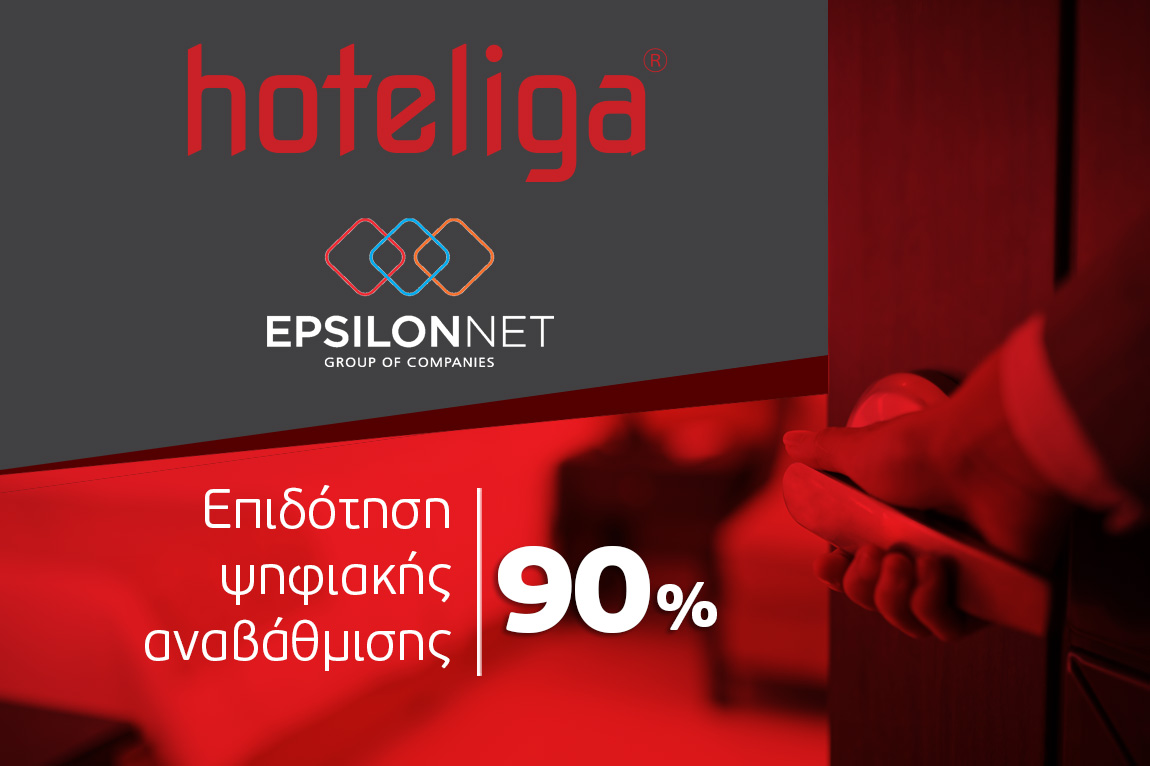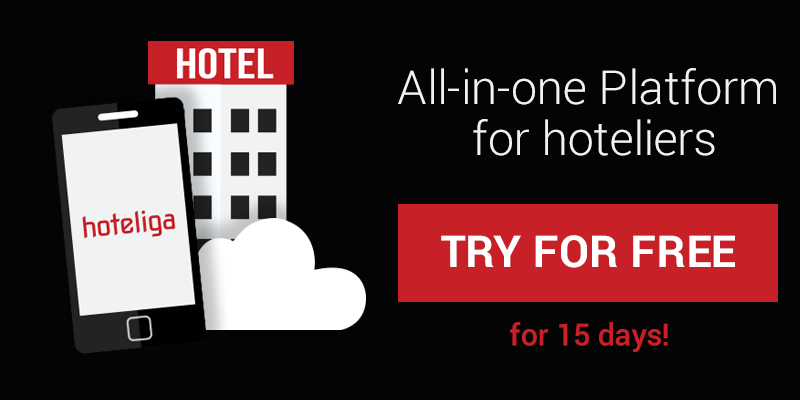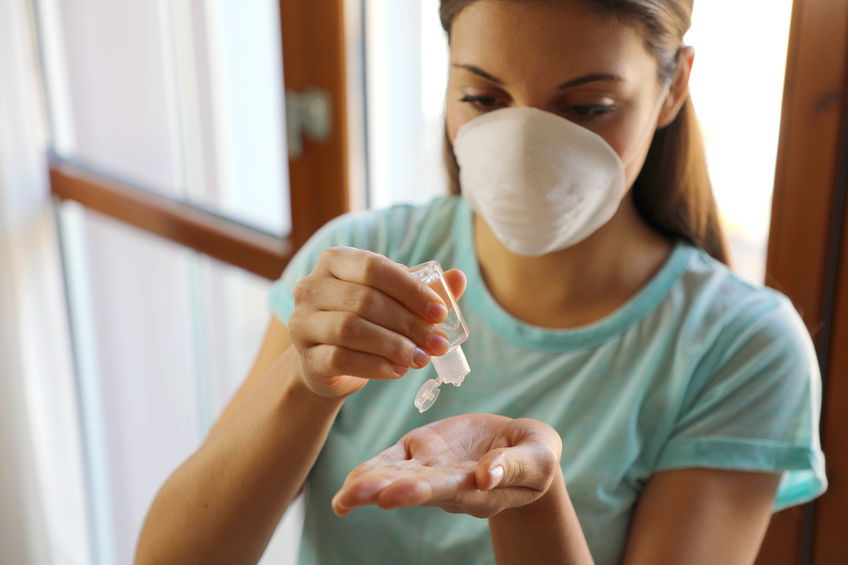
Hospitality in a Time of Coronavirus: Best Practices
It’s not an exaggeration to say that the COVID-19 pandemic has altered the way we live our lives. For many of us, the coronavirus has changed the way we educate our children, the way we earn our living, the way we socialize with our friends, and interact with our loved ones.
But few industries have been impacted as profoundly as the hospitality industry. From global lockdowns and travel bans to nationwide shelter-in-place orders and a general fear of the virus itself, most of us who are able to stay at home have done so. And those who can’t have tended to travel only sparingly, with great care and not a little trepidation.
Now, however, our world is beginning to open up again. As quarantine fatigue sets in, the desire for some sense of normalcy increases and hopes for a vaccine rise. Lockdowns are being lifted across our nation and around the world.
But we are by no means out of the woods, with infection rates remaining distressingly high and fears of a second surge persisting.
That means it is incumbent on the hospitality industry to meet guests where they are, preparing to welcome them again in the face of today’s new normal. That means allaying our guests’ fears and ensuring their safety and the safety of our personnel. This article provides best practices for accomplishing exactly that.
Stay In-the-Know
By far the first and best practice you can implement for your restaurant or hotel in this age of coronavirus is to ensure you’re keeping abreast of Centers for Disease Control (CDC) guidelines. COVID-19 is a novel virus. It’s new. And that means, even after all these months of intensive research, there are still many things we don’t yet know or understand about the virus.
Because of this, safety guidelines are constantly evolving, and your business’s best practices need to evolve with them. This includes keeping up to date on changing government policies regarding travel, group gatherings, and public accommodations.
It’s also important to understand how viruses work, what they are, how they spread, where they proliferate, and what must be done to safeguard against them. For instance, understanding that the COVID-19 virus belongs to the same category of virus as influenza viruses and common cold viruses underscores the necessity of social distancing, of keeping high-touch surfaces sanitized, and of safeguarding against respiratory droplets that might be spread through coughing, sneezing, or even speaking.
Keep It Clean
Arguing that rigorous cleaning and sanitation needs to be a part of your COVID best practices might seem obvious. But, in fact, it’s not. Because this likely goes quite a bit beyond what used to be the standard protocol for keeping your business gleaming and your patrons and staff healthy.
Your staff’s cleaning and disinfecting protocols need to be regimented, systematic, and stringent. That’s probably going to require you to retrain your staff in these new intensive safety and hygiene protocols, and you’ll probably need to be more insistent in your enforcement of these new and very high standards.
These more stringent cleaning protocols will likely require a more strategic method, one that truly does sweat the small stuff. For example, it won’t be sufficient for your housekeeping staff to attend to the usual suspects — floors and large surfaces, rugs and carpets and linens alone. They’ll also need to learn to recognize more obscure hazards, such as doorknobs and switchplates, those high-contact areas where viruses and bacteria tend to thrive.
Make It Known
In addition to instituting new and even more rigorous sanitation practices, it’s also a good idea to advertise these best practices to the public. Prospective and established patrons need and want to know everything you and your staff are doing to keep guests, and the community as a whole, safe.
Be transparent with the public regarding the safety measures you have activated and how you are ensuring them. And if and when there is an issue, such as a COVID diagnosis among your staff, be upfront about that as well and execute a temporary shutdown, quarantine, and disinfection plan.
The process must also include risk assessment and mitigation, including determining how social distancing and contactless service might best be implemented in your hotel or restaurant. This is not only going to help protect the rest of your team, but it’s also going to reassure your guests in this unnerving time. Radisson Hotel Group and Remington Hotels, for example, have publicly and extensively detailed the sanitation protocols they implemented in response to the coronavirus.
The Takeaway
Life in the age of coronavirus is by no means easy, but it is possible to create a new normal. And when you’re in the hospitality industry, that new normal means staying informed, developing a strategy for next-level hygiene and sanitation, and, above all, going the extra mile to protect your guests, your staff, and the community.
Author: Luke Smith
